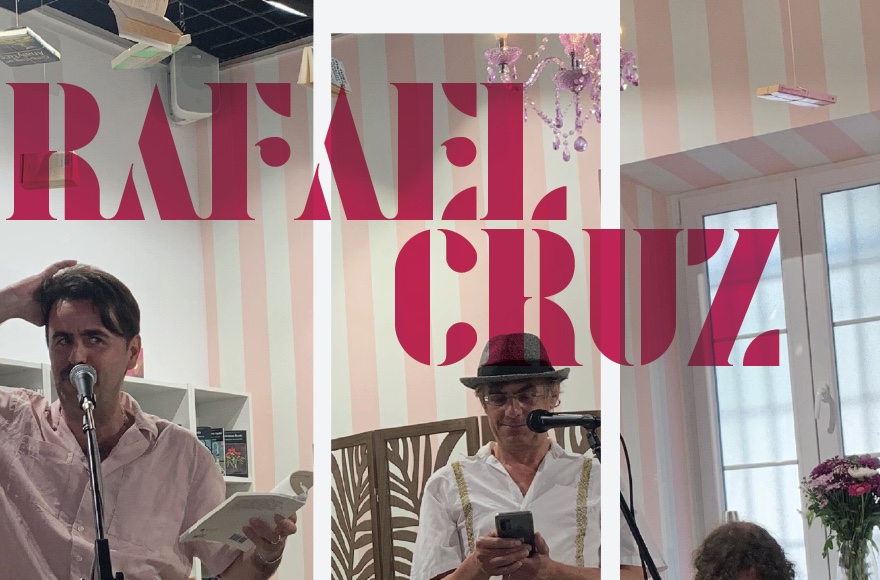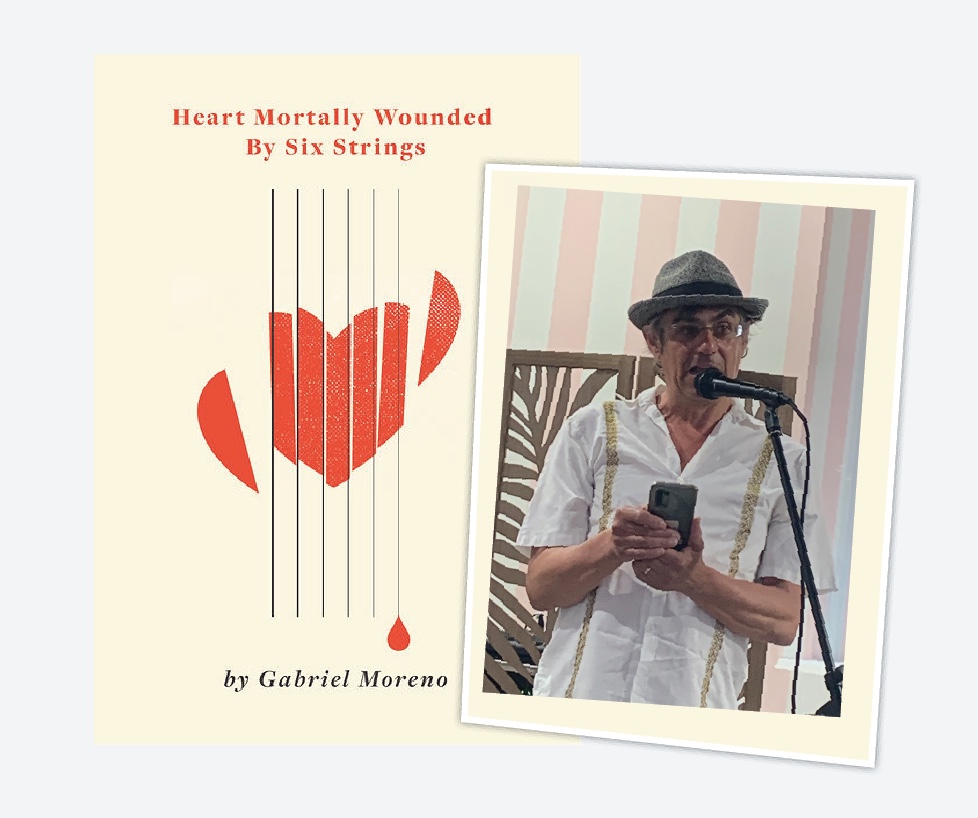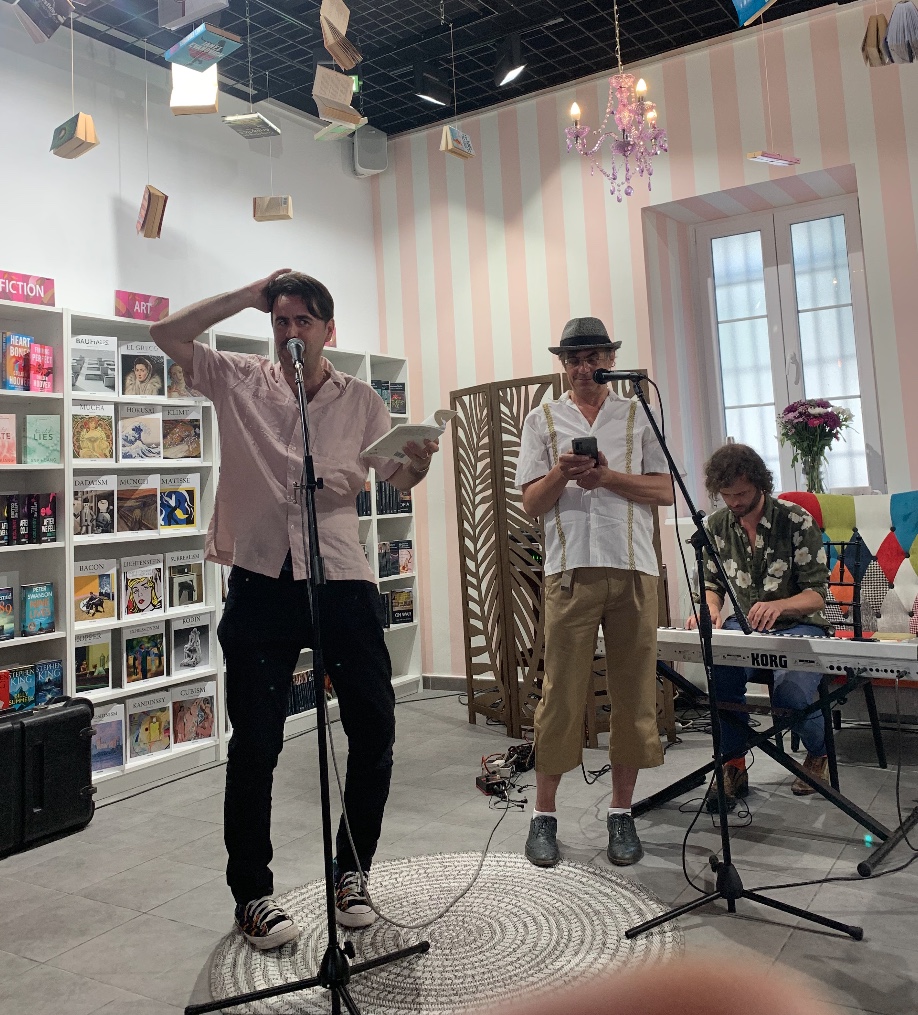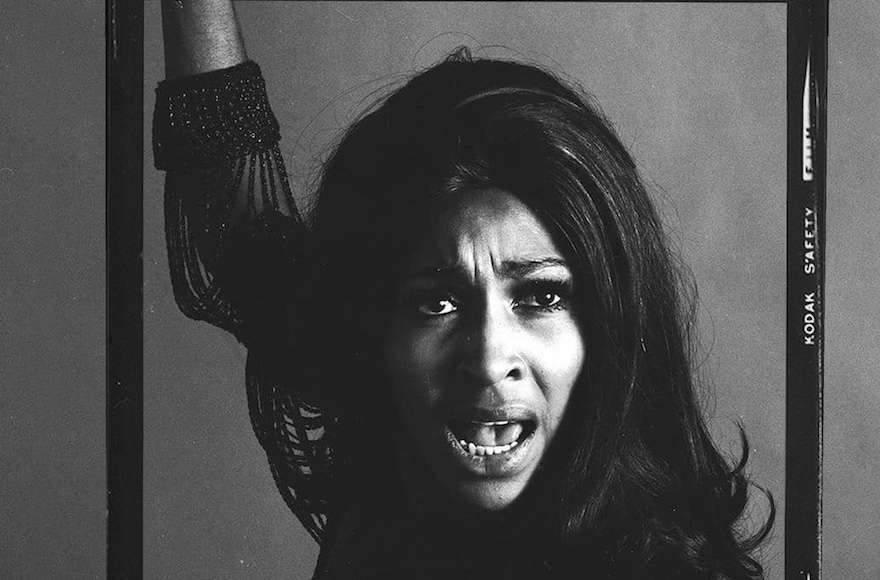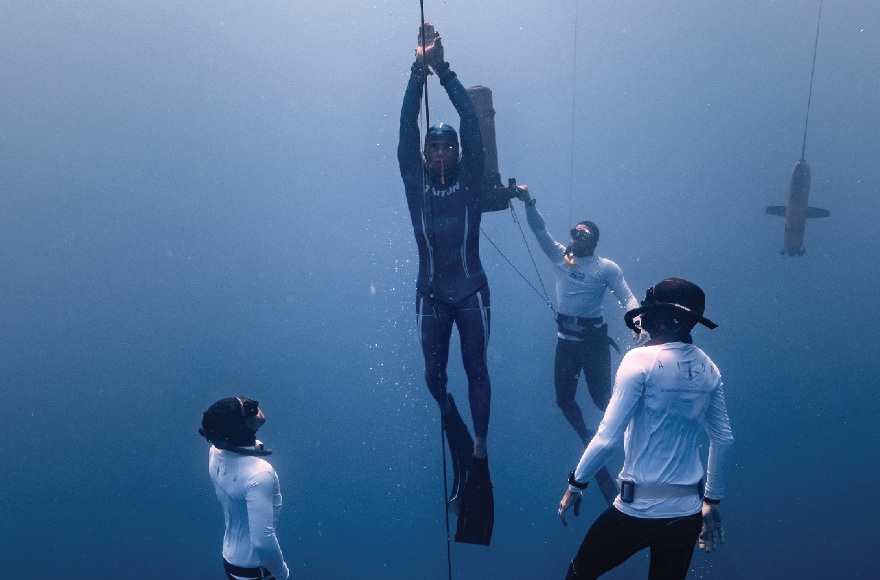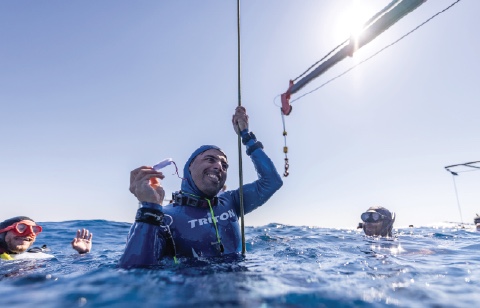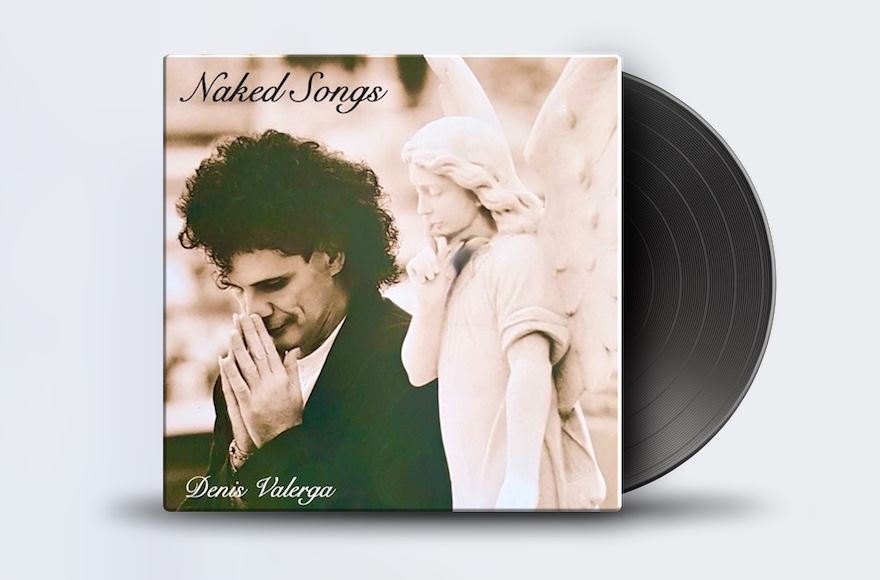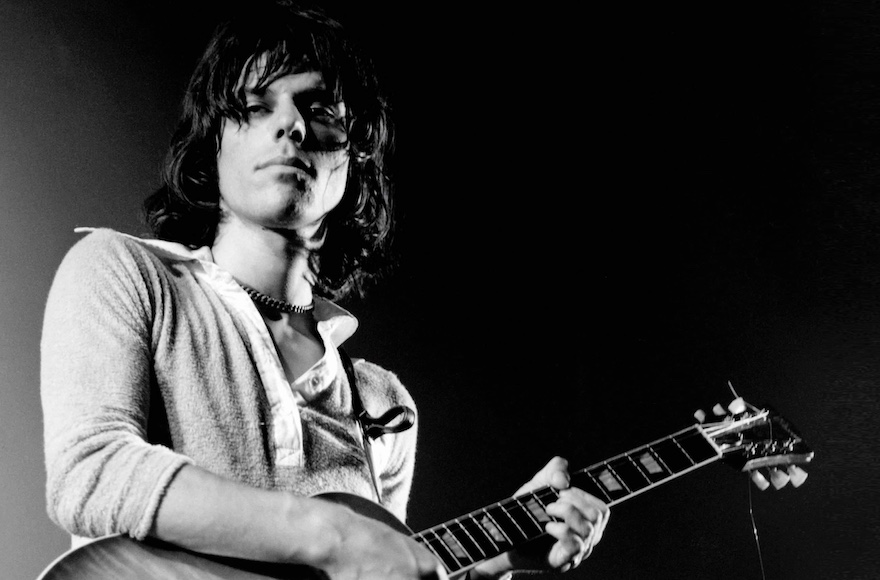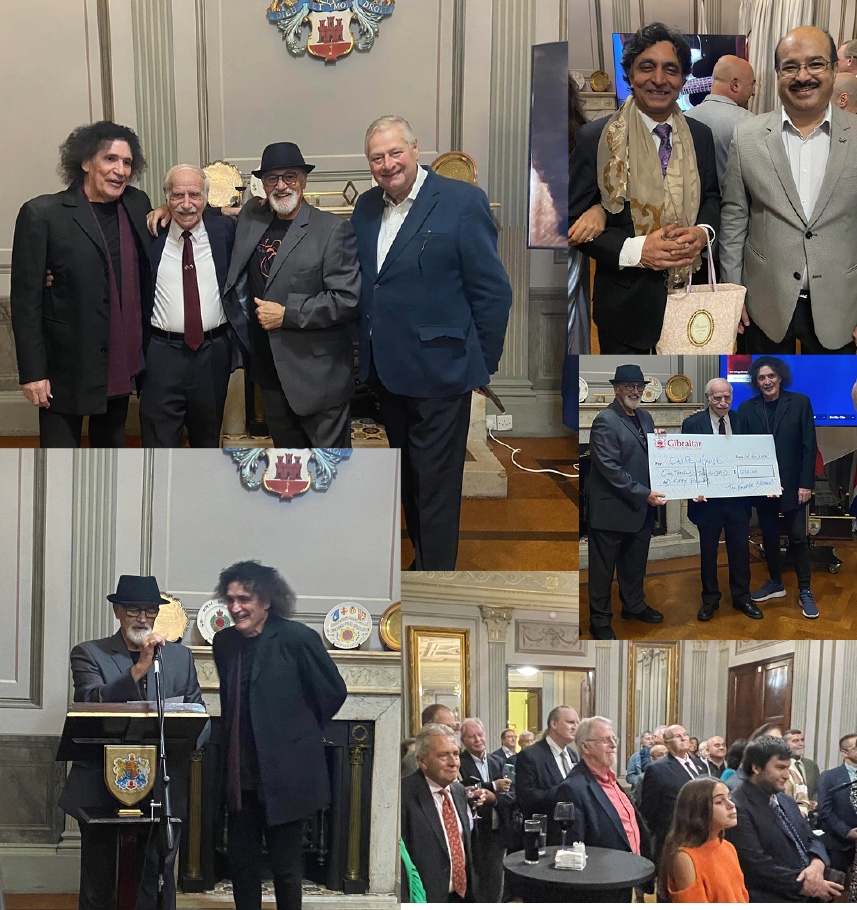This Mountain
I stood by the side of this mountain and felt
protected by its might
I was completely humbled, a prisoner to our
measure of time
What’s a lifetime compared to the aeons that this Rock our sentinel has been basking in the light
What ties me to this mountain securely is my birthright, not the mortar and lime
Used to be that we were cave dwellers perched high on the edge of the sea
Who imagined then what would come to be
That joined to this pillar of Hercules our
neighbour would lay claim to our world
So I stand by the side of this mountain
with my flag ready to unfurl
As the sun rules the day and the moon rules
the night sky
We should be masters of the territory where
the bones of our ancestors lie
Ours is a cry of freedom why will they not let us be
Whosoever has designs on this mountain of
mine will have to contend with me
I stand by the side of this mountain and
try to dispel my fear
As we continue to fight for our freedom
small fish in such a big sea
Armed only with reason, the fear of treason and words of the arguments that we hold so dear
We continue to ponder on our future plight as we swim against the current of political might
So I stand by the side of this mountain
and struggle to hold back a tear





